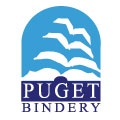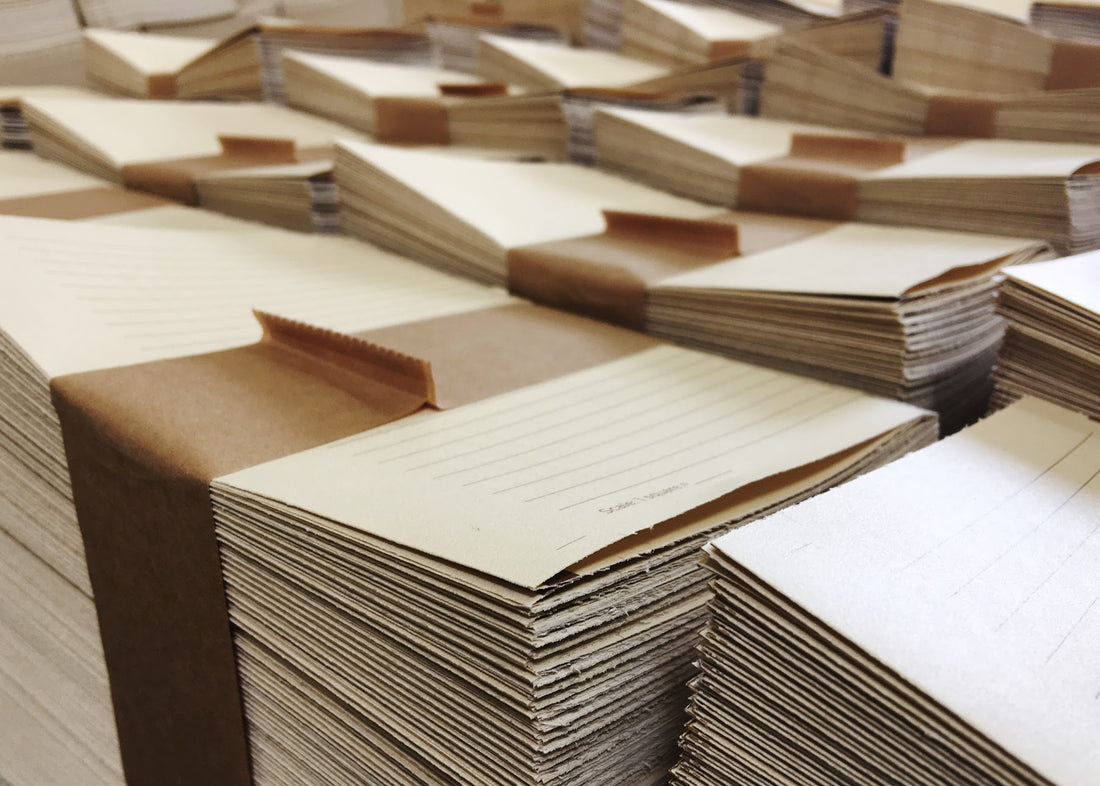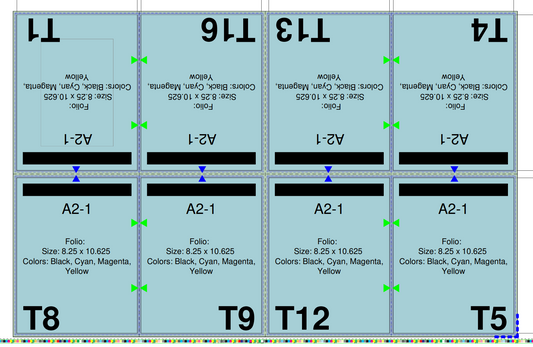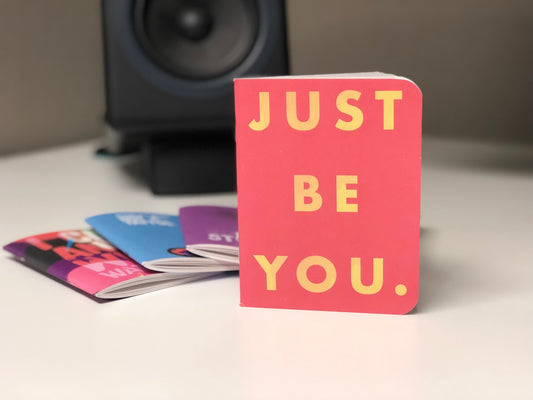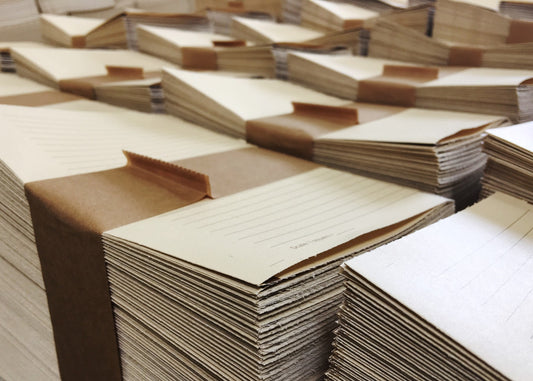Folding is an essential process in the production of printed materials, but it is often overlooked or considered as an afterthought. However, meticulous planning and consideration of factors such as use, quality, size, and grain direction of the piece can lead to cost-effective and efficient folding.
Parallel vs. Right Angle Formats
Signatures that are eight pages or more can be folded in either parallel or right angle formats. Parallel folds, or running eights, are typically used when pieces contain line-ups or hairline gutter jumps, as they are more exacting. On the other hand, larger size books and signatures are typically folded in right angle impositions.
Choosing the Right Format
The choice of parallel or right angle format can be determined by the folder operator or restrictions of the folder itself. However, the formula for the most cost-effective and efficient folding will always consider the use, quality, size, and grain direction of the piece. For instance, if the folded piece is the final product, the quality and exactness of the fold are critical. If the folded piece is to be saddle-stitched or perfect bound, then the folding must meet the specifications of the binding process.
Quality and Size
For high-volume runs, running the job 2-up and slitting can save time and expense in folding. Although the cost of printing may be slightly higher, the savings in folding can be many times the extra expense. For example, a job of 200,000 sheets, 8 1/2" X 11", that are to be letter folded, may be run 2-up on 11" X 17" to save on printing plates. However, this would require the job to be cut to singles to be folded, resulting in wasted finishing time. The better option would be to run two fronts and two backs designed to fold 2-up and slit apart on the folder. This way, you save half the folding and approximately, all for the cost of one extra printing plate.
Grain Direction
Folds should always be made "with the grain" of the stock. The heavier the stock, the more important it is that the grain direction be right. Even lightweight stocks can cause problems if they contain embedding patterns, as in a classic laid finish. Folding can literally "make or break" the quality of any piece and the cost-efficiency of any project.
Conclusion
Folding may seem like a simple process, but it is critical in the production of printed materials. Whether you are folding in-house or using an outside vendor, pre-thought is necessary for good folding. Always consider the use, quality, size, and grain direction of the piece when choosing between parallel or right angle formats. Running a job 2-up and slitting can save time and expense in folding for high-volume runs. Finally, folds should always be made with the grain of the stock to ensure quality and cost-efficiency. Remember, folding should never be considered as an afterthought to printing, but as a preliminary to design.
